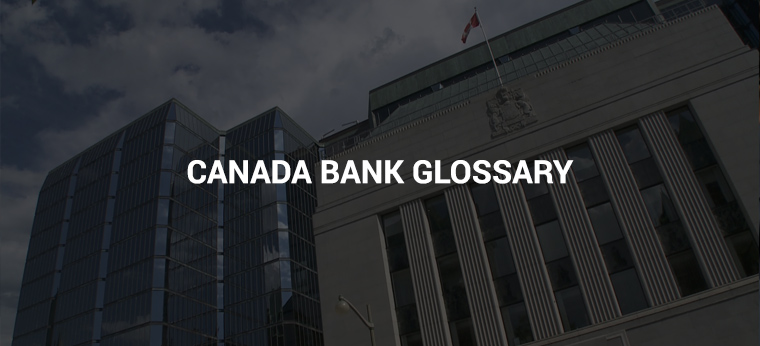
It may be helpful to understand some of the most commonly used Canadian bank terms. When one is opening a bank account for chequing or for savings, there will be many ways to use and access the deposited money. There will be different ways to make deposits to the bank account besides going to the bank in person.
In addition to this, there will be loans and credit cards to be managed and understood. Understanding the banking and credit terms most used can be very helpful. This bank glossary will give meanings for common terms
Important Banking Terms Glossary
Cheque
When one opens a chequing account, there are usually books of cheques issued that allow the account holder to complete financial transactions such as purchases without using cash. Each cheque is a uniform size piece of paper with the account information printed on it and blanks for the account holder to fill out and sign. These cheques direct the bank to pay a certain amount to the person or business named on the cheque.
Debit Card
Also called a bank card. This is a plastic card similar to a credit card issued by the bank. This is used instead of cash or a cheque to make purchases. The card is swiped through a machine and a pin number is entered, then the retailer enters the sale amount and that is deducted from the chequing account and paid to the retailer. The process is similar to using a credit card, except the money is immediately deducted from your chequing account.
Direct Deposit
This is when an employer or other entity deposits money directly into a person’s banking account.
Email money transfer
called Interac e-Transfer. This is a fast secure way to transfer money from a bank account to another person. The bank is supplied the recipients e-mail address and instructions go out by e-mail with how to complete the transaction.
Pre-authorized payments
This is when an account holder authorizes certain regular amounts of money to be deducted and paid to entities such as phone companies.
Common Credit Terms Glossary
Annual fee
The amount charged every year for the use of certain credit cards.
Credit card limit
The largest amount of credit available on a credit card.
Fixed rate
An unchanging interest rate charged for the entire term of a loan.
Minimum payment
The smallest monthly payment you can make to keep your account in good standing.
Variable rate
An interest rate that changes over time as the prime lending rate changes.
CMHC
The Canada Mortgage and Housing Corporation. The Canadian government’s national housing agency and Canada’s leading mortgage insurance provider.
Down payment
An amount of 5% to 30% of a home’s value paid up-front for a home loan.
High-ratio mortgage
A home loan for at least 80% of the purchase price of a home. Home loans with less than 20% down payments must be insured.
Mortgage Amortization
This is the number of years estimated to be needed to pay a mortgage off in full.
Mortgage term
This is the total amount of time you have agreed to make payments on a loan at a specific interest rate to pay off the principle plus the interest.
If there are terms not on this bank glossary appearing on banking or mortgage contracts that you do not understand, be sure to ask to have them clarified for you. For more helpful information, please visit the website.
